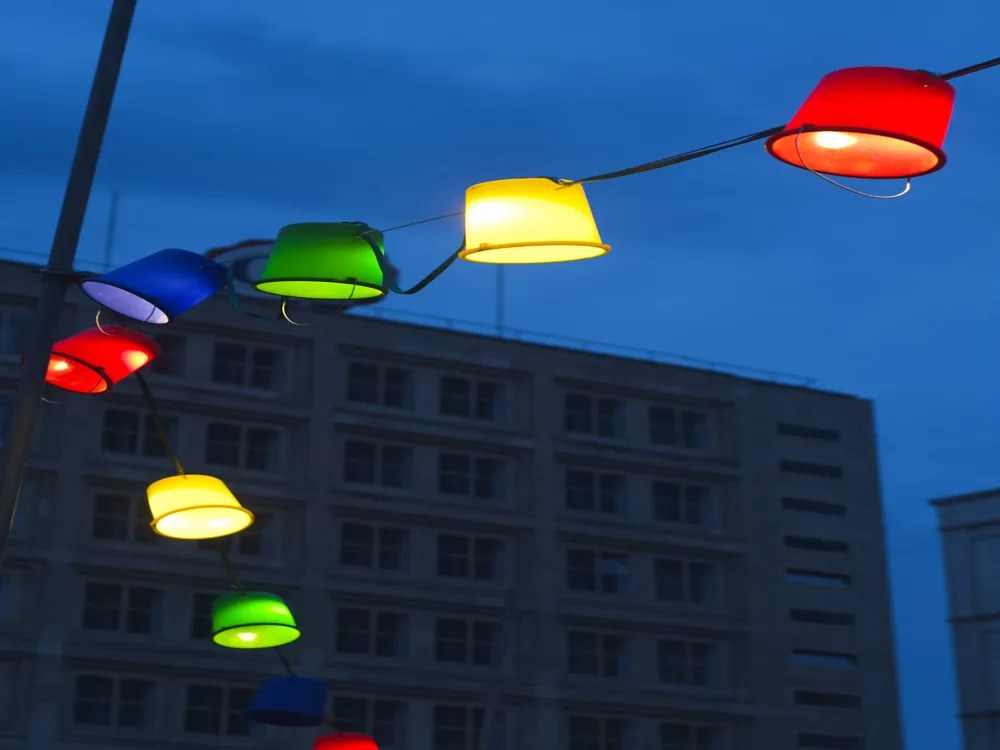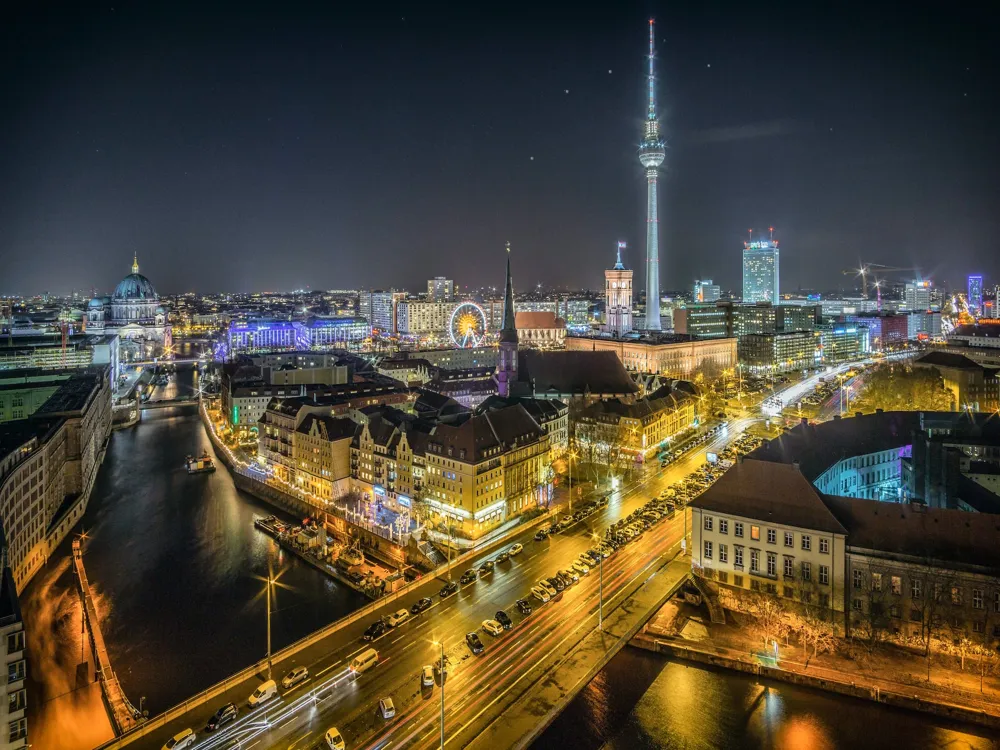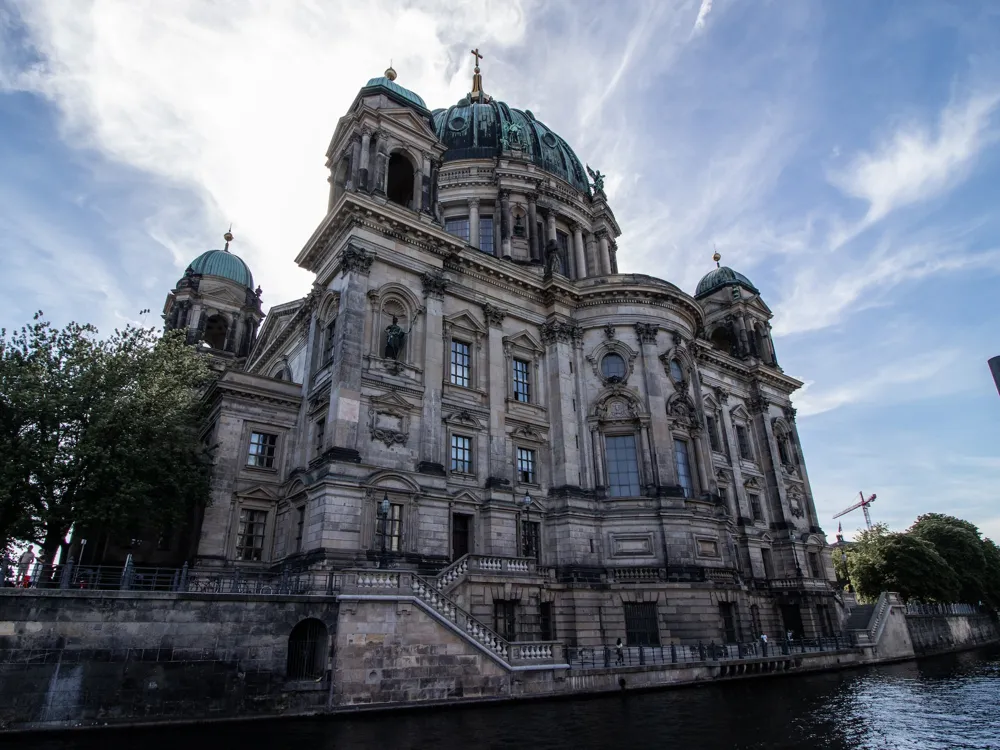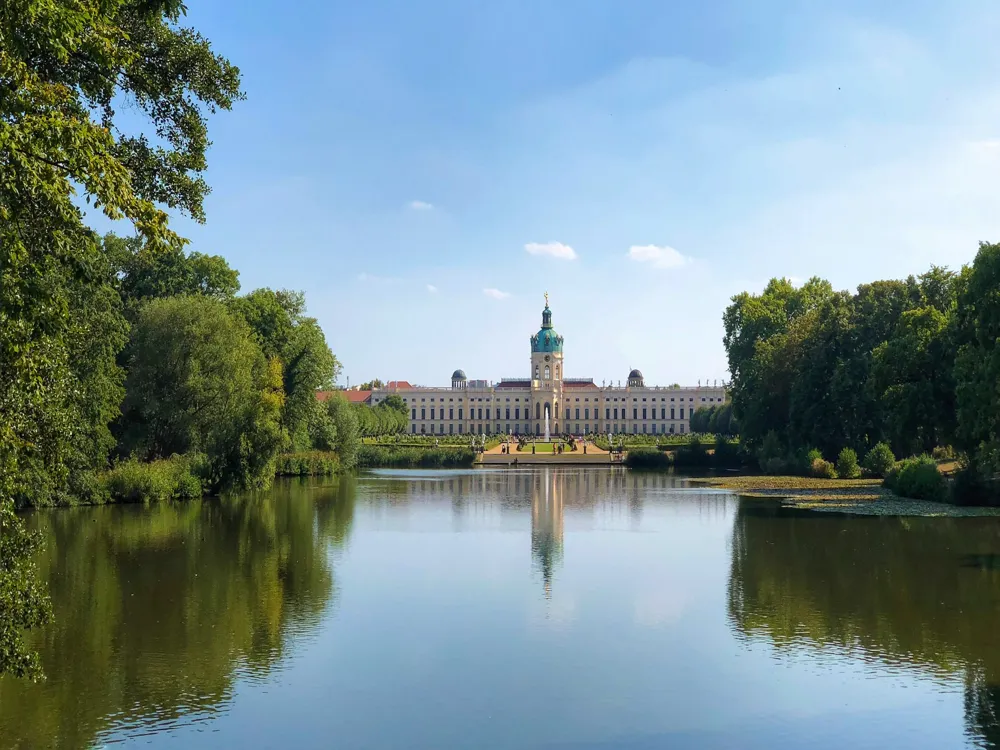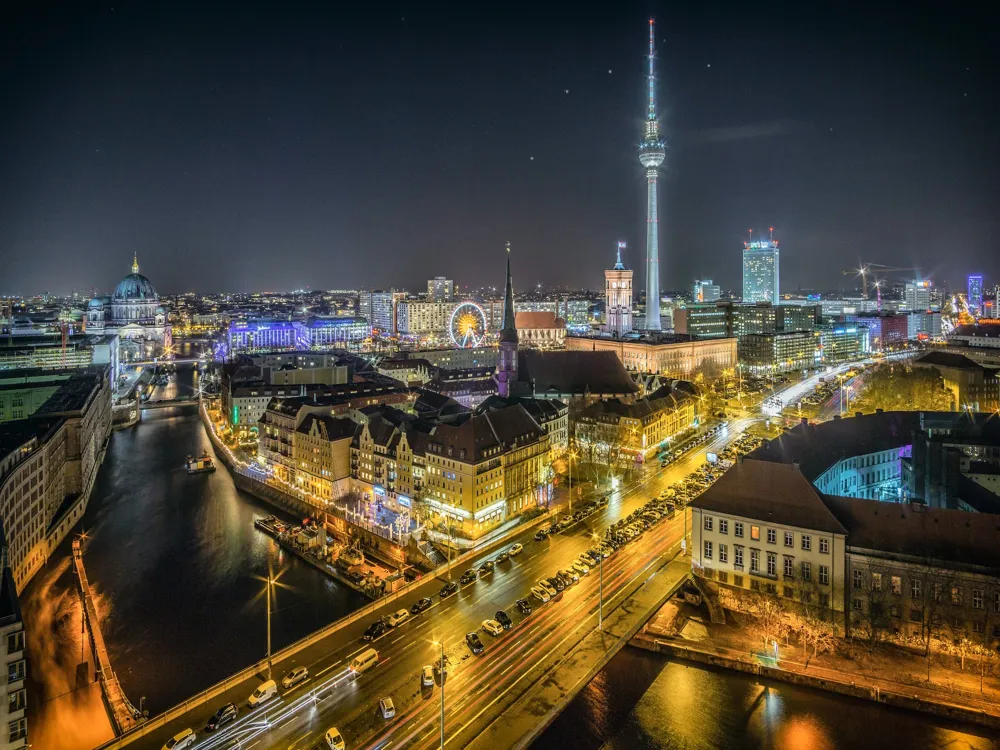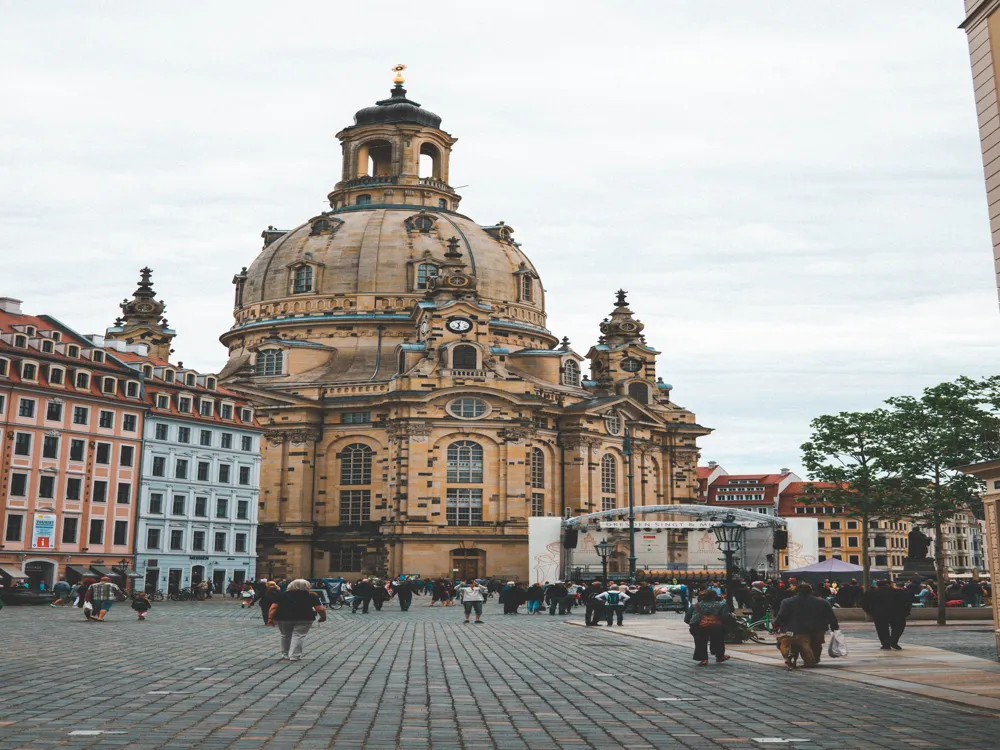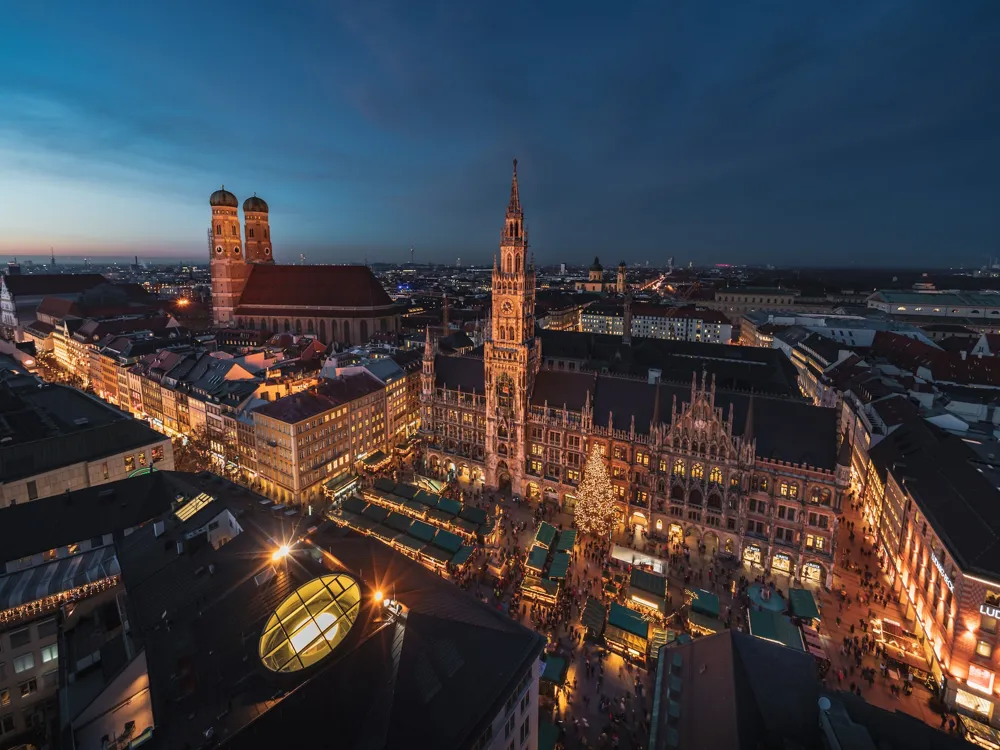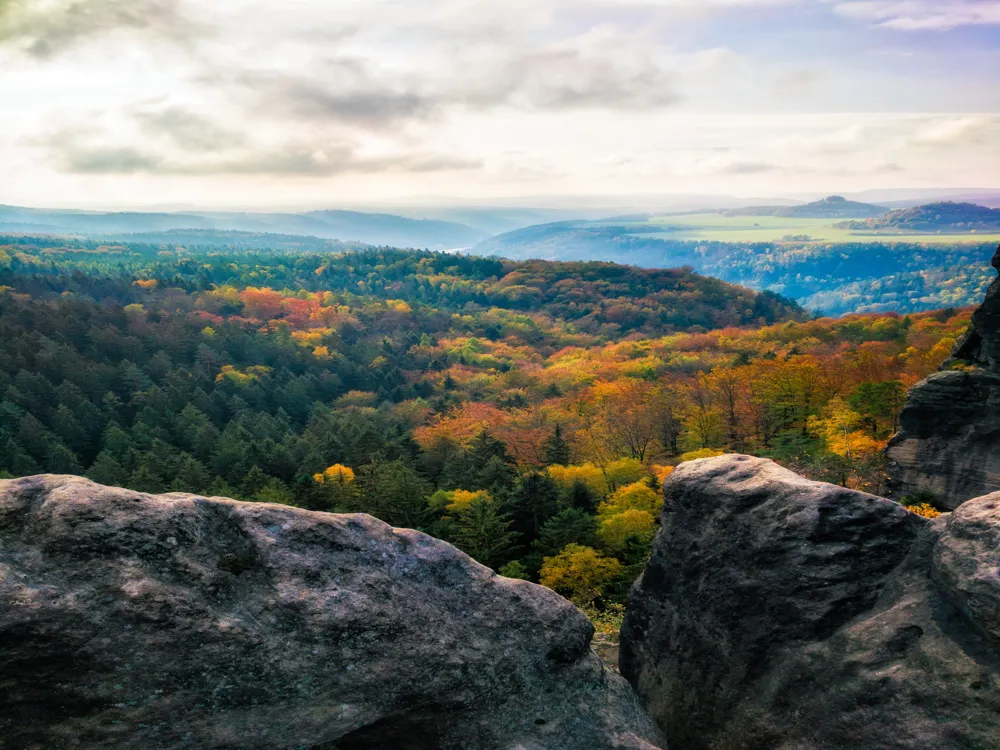Grosser Tiergarten, the green heart of Berlin, is more than just a city park. This sprawling oasis of tranquility and natural beauty covers an impressive 520 acres, making it one of the largest urban gardens in Germany. The park's history is as rich and varied as the flora and fauna it houses, dating back to the 16th century when it was a hunting ground for Prussian kings. Over the centuries, Grosser Tiergarten has evolved, reflecting the changes in the city it adorns. During the 18th century, the transformation from a royal hunting ground to a public park marked a significant shift in its usage and design. Landscape architect Peter Joseph Lenné played a crucial role in the 1830s, reshaping the park into an English-style garden. This design philosophy aimed to mimic natural landscapes, offering a picturesque and serene environment for Berlin's residents and visitors. The meandering paths, serene lakes, and varied vegetation provide a peaceful escape from the urban hustle and bustle. The Tiergarten is also home to numerous historical monuments and buildings, each with its own story. The most famous among them is the Victory Column, a symbol of Prussian military victories in the 19th century. Another notable feature is the Soviet War Memorial, a reminder of the turbulent times Berlin has endured. The park also includes several smaller gardens, like the Rosengarten, which boasts a stunning array of roses. Today, the Tiergarten is a vibrant mix of history, culture, and nature. It's a place where joggers, cyclists, and leisurely walkers coexist with picnicking families and sunbathers. The park's diverse flora and fauna add to its charm, making it a haven for nature enthusiasts and bird watchers. With its rich history and natural beauty, Grosser Tiergarten holds a special place in the heart of Berlin, symbolizing the city's resilience and its commitment to preserving green spaces. The architectural landscape of Grosser Tiergarten in Berlin is a fascinating amalgamation of historical significance and contemporary design. The park's layout, initially influenced by Baroque garden styles, was transformed in the 1830s by Peter Joseph Lenné, who introduced the English garden concept. This style is characterized by its naturalistic, informal design, contrasting with the geometric and symmetrical patterns of earlier periods. One of the key architectural highlights of the Tiergarten is the Victory Column, an iconic structure that stands tall at 67 meters. Designed by Heinrich Strack and inaugurated in 1873, the column is crowned by a gilded statue of Victoria, the Roman goddess of victory. The column's base is adorned with intricate reliefs that depict various historical military triumphs, making it a monument of both artistic and historical significance. Another notable architectural element is the Bellevue Palace, located on the park's edge. Built in 1786 as a summer residence for Prince Augustus Ferdinand of Prussia, the palace is a fine example of early Neoclassical architecture. Its clean lines, symmetrical form, and elegant simplicity contrast sharply with the lush, untamed beauty of the surrounding park. The park's bridges and sculptures also contribute to its architectural diversity. The marble bridge, constructed in 1788, is a fine example of late 18th-century craftsmanship. The park's numerous statues and memorials, each with its unique style and historical context, add layers of cultural depth to the park's landscape. In summary, the architecture of Grosser Tiergarten in Berlin is a testament to the city's evolving styles and historical epochs. From Baroque to Neoclassical, from monumental structures to intimate sculptures, the park offers a visual journey through the ages, harmoniously integrated with its natural surroundings. Spring and early autumn are ideal for visiting Grosser Tiergarten, with pleasant weather and fewer crowds. Summer offers lush greenery and vibrant flower beds, but expect more visitors. Bring comfortable shoes for walking, a camera for capturing the scenery, and a picnic if you plan to relax in the gardens. Also, carry a water bottle and sunscreen on sunny days. Use the park's map to explore its vast area effectively. Consider renting a bike for a more comprehensive tour. Don't miss hidden gems like the smaller gardens and statues. While enjoying the park, respect its natural beauty by not littering and staying on designated paths. Remember, this is a habitat for many plants and animals. Take time to visit the historical monuments and read the informational plaques. They offer insight into Berlin's rich history and the park's role in it. Grosser Tiergarten is easily accessible from various parts of Berlin. The park is well-connected by public transport, with several bus and train lines stopping near its entrances. The nearest metro stations are Brandenburger Tor and Potsdamer Platz, both within walking distance of the park. For those driving, there are parking areas around the park, though spaces can be limited. Biking is another convenient option, with bike paths leading directly to the park and ample bike parking available. READ MORE:-Overview of Grosser Tiergarten in Berlin
Architecture of Grosser Tiergarten
Tips When Visiting Grosser Tiergarten
Best Time to Visit
What to Bring
Navigating the Park
Respecting Nature
Engaging with History
How To Reach Grosser Tiergarten
Grosser Tiergarten
Berlin
₹ 58,000 onwards
View berlin Packages
Berlin Travel Packages
View All Packages For Berlin
Top Hotel Collections for Berlin

Private Pool

Luxury Hotels

5-Star Hotels

Pet Friendly
Top Hotels Near Berlin
Other Top Ranking Places In Berlin
View All Places To Visit In berlin
View berlin Packages
Berlin Travel Packages
View All Packages For Berlin
Top Hotel Collections for Berlin

Private Pool

Luxury Hotels

5-Star Hotels

Pet Friendly






